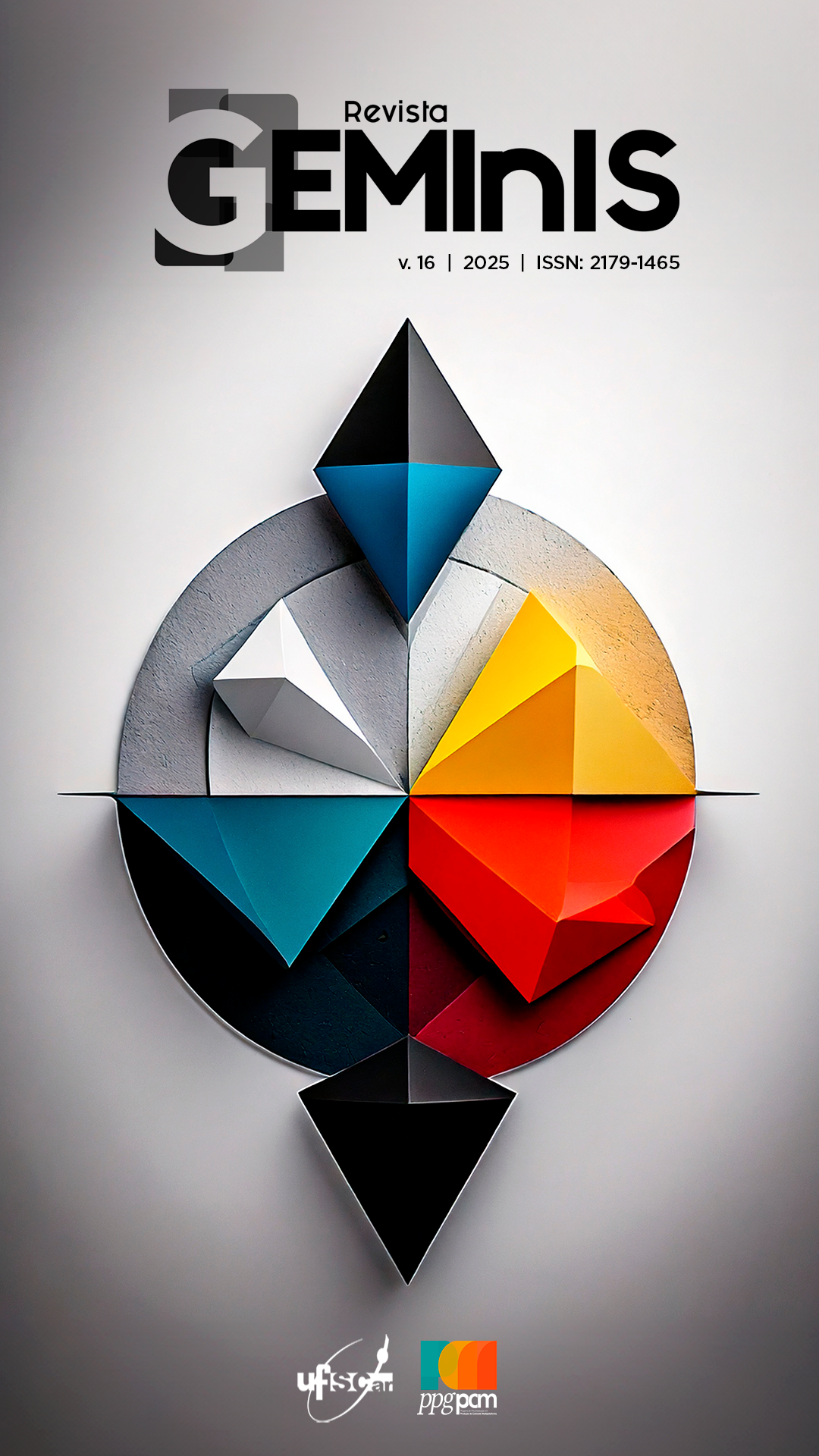DIGITAL GOODS, CONSUMPTION, AND ENTERTAINMENT: A QUALITATIVE STUDY WITH MARVEL SNAP GAME USERS
DOI:
https://doi.org/10.14244/2179-1465.RG.2025v16p315-336Keywords:
digital goods, Marvel Snap, social distinctionAbstract
This article analyzes the video game Marvel Snap and seeks to understand how the acquisition of digital goods within the game shapes the individual experience and the collective dynamics of its players. By analyzing the relationship between the consumption of digital cards and cosmetic items within the game's ecosystem, we aim to understand how these elements operate as social markers in this context. For the literature review, we relied mainly on authors such as Baccega (2009), Castells (2010), Matta (2012), Mastrocola (2024; 2015), Nitsche (2008), and Bourdieu (2010). Based on the bibliographic references, we also conducted four qualitative interviews, adapting methodological ideas for game analysis proposed by Cote and Raz (2015). In the conclusions, we present that the cosmetic personalization of the game's cards not only has an entertainment character but also fosters interaction and engagement with the game's consumption experience, strengthening social bonds among players in the proposed context.
Downloads
References
BACCEGA, Maria Aparecida. Inter-relações comunicação e consumo na trama cultural: o papel do sujeito ativo. Animus (Santa Maria Online), v. 15, p. 1-15, 2009.
BOURDIEU, Pierre. Razões práticas: sobre a teoria da ação. Campinas: Papirus, 2010.
CAILLOIS, Roger. Los juegos y los hombres: la máscara y el vértigo. Ciudad de Mexico: Fondo de Cultura Económica, 1986.
CASTELLS, Manuel. The rise of the network society: the information age - economy, society, and culture. New Jersey: Wiley-Blackwell, 2009.
COTE, Amanda; RAZ, Julia. In-depth interviews for game research. IN: LANKOSKI, Petri; BJÖRK, Staffan (Eds.). Game research methods: an overview. Halifax: ETC Press, 2015. p.93-117.
HUIZINGA, Johan. Homo ludens. São Paulo: Perspectiva, 2001.
JUUL, Jesper. Half-Real: Video Games between Real Rules and Fictional Worlds. USA: MIT Press, 2005.
KOZINETS, Robert. Netnografia: realizando pesquisa etnográfica online (métodos de
pesquisa). Porto Alegre: Penso, 2014.
MASTROCOLA, Vicente Mastrocola. O consumo simbólico de bens digitais no game Marvel Snap. In: COGO, Denise; CASADEI, Eliza Bachega; ALMEIDA, Gabriela; HOFF Tânia. (Org.). Dinâmicas e Perspectivas das Interfaces Comunicação e Consumo. Porto Alegre: Sulina, 2024.
MASTROCOLA, Vicente Martin. Game design: modelos de negócio e processos criativos - um trajeto do protótipo ao jogo produzido. São Paulo: Cengage Learning, 2015.
MATTA, João Schiavon. Mal-estar na adolescência: jovens de agendas lotadas nas redes sociais. São Paulo: PUC-SP, 2012. 257 f. Tese (Doutorado em Comunicação e Semiótica) - Programa de Pós-Graduação em Comunicação e Semiótica, Pontifícia Universidade Católica, São Paulo, 2012.
NITSCHE, Michael. Videogame spaces: image, play and structure in 3D worlds. Massachusetts: MIT Press, 2008.
RETONDAR, Jeferson. Teoria do jogo: a dimensão lúdica da existência humana. Petrópolis: Vozes, 2013.
SANTAELLA, Lucia. Game art in the context of digital art. DAT Journal, [S. l.], v. 2, n. 1, p. 3–14, 2017. DOI: 10.29147/2526-1789.DAT.2017v2i1p2-13. Disponível em <https://datjournal.anhembi.br/dat/article/view/38>. Acesso em 27/09/2024.
SANTAELLA, Lúcia. A cultura digital na berlinda. IN: LOPES, Maria Immacolata Vassallo;
KUNSCH, Margarida Maria Krohling (Orgs.). Comunicação, cultura e mídias sociais. São Paulo: ECA-USP, 2015. p.93-101.
SANTAELLA, Lucia; FEITOZA, Mirna. Mapa do Jogo: a Diversidade Cultural dos Games. São Paulo: Cengage Learning, 2008.
SASSATELLI, Roberta. Consumer culture: history, theory and politics. London: Sage, 2010.
VARTANOVA, Elena. Media in digital society: challenges of active audiences. Global Media Journal - Slovak Edition, Bratislava, v.3, n.1, p. 16-27, 2015.
Downloads
Published
How to Cite
Issue
Section
License
Copyright (c) 2025 Vicente Martin Mastrocola

This work is licensed under a Creative Commons Attribution-ShareAlike 4.0 International License.
Authors who publish in this journal agree to the following terms:
a. Authors retain copyright and grant the journal the right of first publication, with the work simultaneously licensed under a Creative Commons Attribution License that allows sharing of the work with acknowledgment of authorship and initial publication in this journal.
b. Authors are authorized to assume additional contracts separately, for non-exclusive distribution of the version of the work published in this journal (eg, to publish in an institutional repository or as a book chapter), with acknowledgment of authorship and initial publication in this journal.


